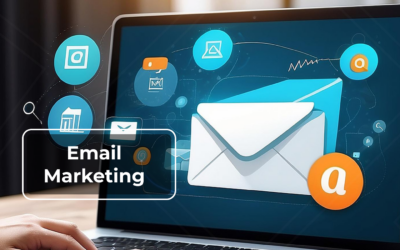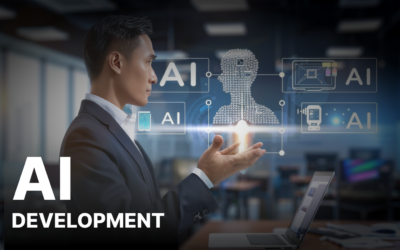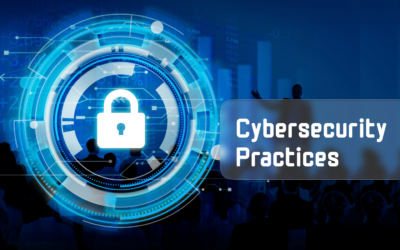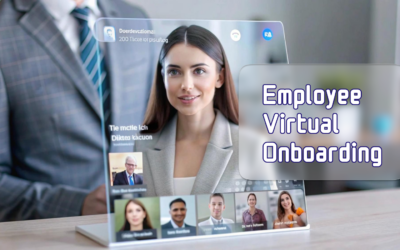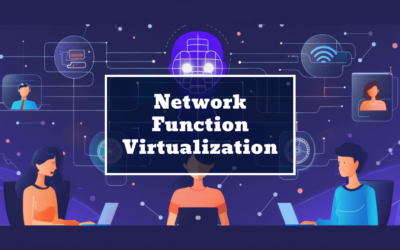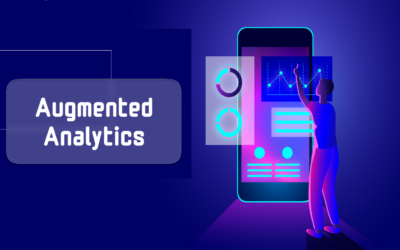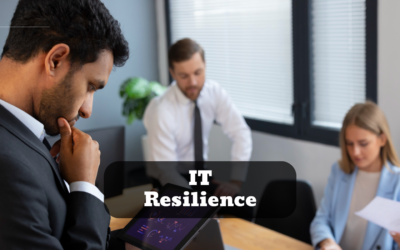Steps to Build Application Modernization Roadmap
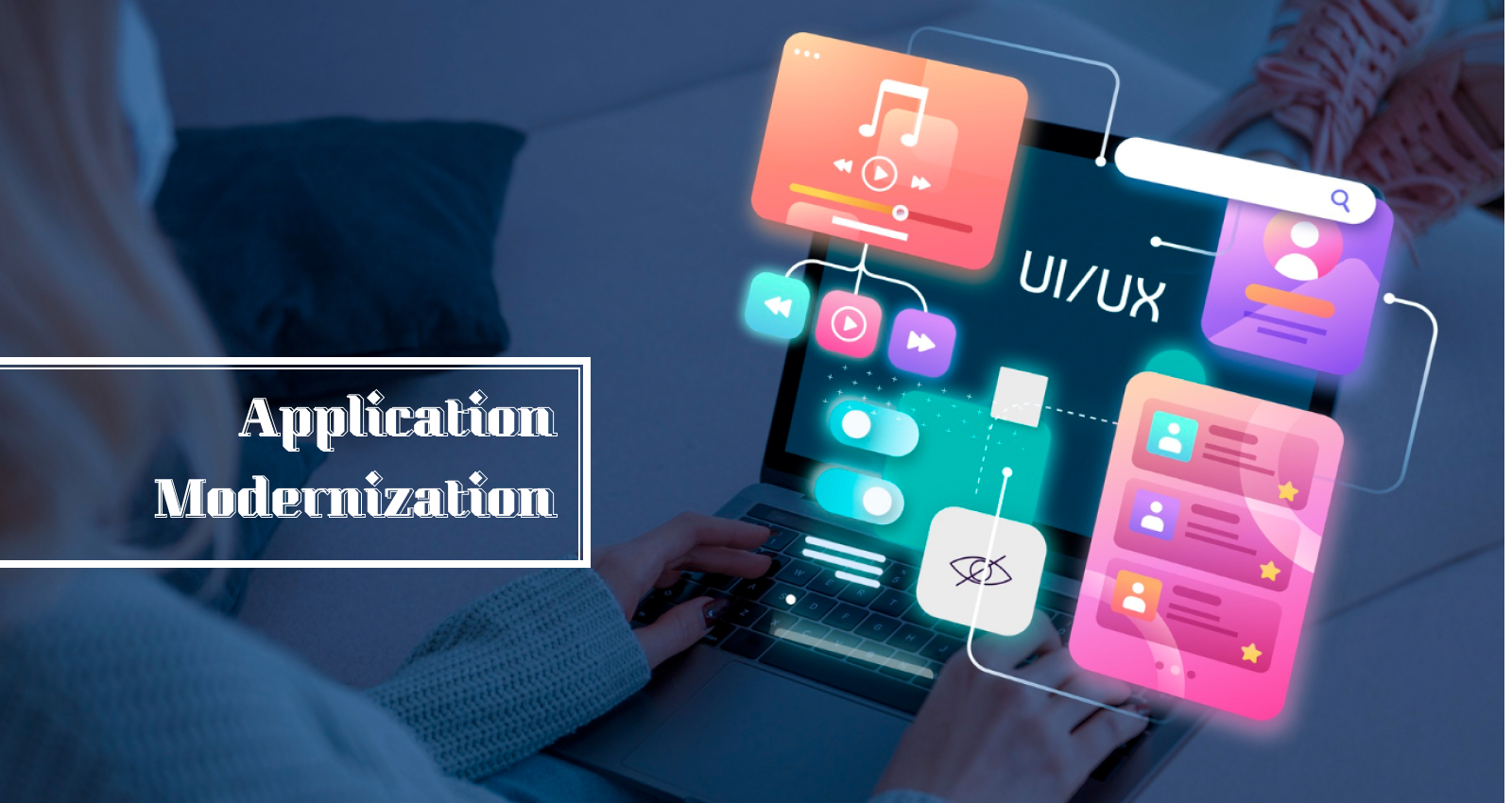
Introduction:
In today’s fast-paced digital landscape, businesses constantly seek ways to adapt, innovate, and stay competitive. One crucial aspect involves modernizing their applications to meet evolving technological needs. Crafting an effective application modernization roadmap is pivotal in this journey.
What is Application Modernization?
Application Modernization refers to the process of updating or transforming existing software applications to leverage modern technologies, improve performance, enhance user experience, and align with current business requirements. It involves revamping legacy systems, migrating to cloud platforms, adopting microservices, or utilizing containerization.
Wrapping Your Head Around an Application Modernization Roadmap:
An Application Modernization Roadmap serves as a strategic blueprint outlining the steps and milestones for updating applications. It aligns business objectives with IT initiatives, systematically guiding the process of transformation. This phase entails a comprehensive understanding of the following elements:
1. Understanding the Need for Modernization: This involves recognizing the reasons why existing applications need to be modernized. Factors such as outdated technology, inefficiencies, scalability issues, security vulnerabilities, or evolving business requirements often drive the need for application modernization.
2. Grasping the Objectives: It’s essential to define the goals and objectives of the modernization process. This includes identifying the desired outcomes, such as improving performance, enhancing user experience, reducing operational costs, or ensuring compliance with industry standards and regulations.
3. Aligning with Business Strategy: Stakeholders must comprehend how the modernization plan aligns with the broader business strategy. This involves understanding how updated applications contribute to achieving overarching business goals, ensuring that the roadmap supports the organization’s vision and growth.
4. Recognizing Challenges and Opportunities: Understanding the potential challenges and opportunities that come with modernization is crucial. Challenges may include budget constraints, resistance to change, or the complexity of migrating legacy systems. Opportunities may involve adopting innovative technologies or streamlining processes for greater efficiency.
5. Collaboration and Communication: This phase emphasizes the need for effective collaboration and communication among various departments and stakeholders. Clear and open communication channels ensure that everyone involved comprehends the roadmap’s objectives, contributing ideas and insights that enrich the modernization strategy.
Why You Need an Application Modernization Roadmap:
The step delves into the critical reasons and benefits behind developing a structured plan for modernizing applications within an organization.
i) Unified Vision Creation: An Application Modernization Roadmap serves as a blueprint that unifies stakeholders and team members with a shared vision for the future of applications. It ensures everyone comprehends and aligns with the end goals and objectives, fostering a collective understanding and commitment to the modernization process.
ii) Establishing Priorities and Goals: The roadmap aids in prioritizing tasks and goals, guiding the sequence of actions necessary for successful application modernization. It helps identify and focus on critical aspects, ensuring resources are allocated effectively to achieve desired outcomes.
iii) Enhanced Communication and Collaboration: By outlining a clear roadmap, communication among departments and team members improves significantly. It encourages collaboration and the sharing of ideas, ensuring that everyone involved is on the same page regarding the modernization objectives and strategies.
iv) Efficient Resource Utilization: Having a roadmap in place allows for better resource planning and utilization. It helps in allocating budgets, timeframes, and human resources more efficiently, thereby reducing unnecessary expenses and streamlining the modernization process.
v) Mitigating Risks and Challenges: An application modernization roadmap helps in identifying potential risks and challenges that might arise during the modernization journey. By recognizing these challenges beforehand, the roadmap enables the formulation of strategies to mitigate and overcome them effectively.
vi) Measuring Progress and Success: It allows for the establishment of Key Performance Indicators (KPIs) to measure the success of the modernization efforts. These measurable indicators provide insights into the progress made, enabling adjustments and improvements as needed.
vii) Alignment with Business Objectives: A well-defined roadmap ensures that the modernization efforts are in line with overarching business objectives. It ensures that technological advancements are synchronized with the business’s strategic goals, enhancing the organization’s competitive edge and future readiness.
7 Steps to Creating an Application Modernization Roadmap:
Step 1: Audit Your Current Infrastructure and Assess Your Needs: Audit existing systems to understand strengths, weaknesses, and requirements. Evaluate technological gaps and align them with business needs for a comprehensive modernization approach.
Step 2: Explore Business and Technical Needs and Capabilities: Analyze both business and technical aspects to comprehend requirements and capabilities. This step ensures alignment between technological solutions and organizational goals.
Step 3: Design Your Modernization Plan: Develop a comprehensive strategy outlining the modernization goals, timelines, and resources required. This plan serves as a roadmap for the entire journey of modernization.
Step 4: Set the Development Methodology and Timelines: Define the methodology (Agile, Waterfall, etc.) and establish realistic timelines for each phase. This step ensures a structured approach and effective time management.
Step 5: Write Your Risk Management Plan: Identify potential risks during the modernization process and develop strategies to mitigate them. Addressing risks proactively ensures smoother implementation and reduces setbacks.
Step 6: Establish Key Performance Indicators (KPIs) to Measure Success: Define measurable KPIs aligned with modernization objectives. These metrics track progress and serve as benchmarks for evaluating the success of the modernization efforts.
Step 7: Carefully Design Your Cutover Plan: Plan the transition from legacy systems to modern solutions meticulously. This step ensures a seamless and efficient migration process, minimizing disruptions to operations.
Key Elements of an Effective Application Modernization Roadmap:
I) Keep the Larger Mission in Mind Align modernization goals with broader business objectives and future vision. This ensures that modernization efforts contribute directly to the organization’s strategic growth and competitive edge.
II) Analyze Current State Before You Begin Thoroughly assessing the existing application landscape. Understanding the current state allows for a clear understanding of what needs improvement and how future needs can be anticipated.
Collaboration and Future Updates:
It emphasizes ongoing teamwork and continual refinement in modernization efforts. Continuous collaboration among departments and stakeholders ensures alignment with evolving business needs, fostering adaptability and relevance in the long run.
Is it Time to Modernize Your IT Infrastructure?
Stridefuture Technologies Can Help!
Is your current IT infrastructure holding your business back? Stridefuture’s dedicated team comprises skilled analysts, project managers, designers, developers, and quality assurance specialists ready to propel your company into a modern era.
Our comprehensive expertise enables us to revamp your IT setup into a contemporary, flexible, and scalable infrastructure that meets your evolving business demands.
Why Modernize with Stridefuture Technologies?
- Expertise in IT Transformation: Our team possesses a deep understanding of the latest technologies and industry trends, ensuring that your IT infrastructure is not just current but prepared for future advancements.
- Tailored Solutions for Your Business: We comprehend that each business has unique requirements. Our approach involves creating customized strategies to modernize your infrastructure while aligning with your specific goals and objectives.
- Seamless Integration and Scalability: Stridefuture Technologies prioritizes seamless integration and scalability. Our solutions are designed to smoothly integrate into your existing systems while providing flexibility to scale as your business grows.
- Emphasis on Security and Reliability: Security is paramount. We prioritize building robust, secure, and reliable infrastructure to safeguard your data and operations against potential threats.
How We Can Help You:
- Assessing your current infrastructure and identifying areas that require modernization.
- Designing a tailored roadmap for modernization aligned with your business objectives.
- Implementing cutting-edge technologies and best practices to upgrade your IT setup.
- Providing ongoing support and maintenance to ensure optimum performance.
Contact us today to discuss how we can transform your IT landscape and empower your business for the future!
Conclusion:
Creating an effective Application Modernization Roadmap is not just about adopting the latest technologies; it’s about aligning business goals with IT strategies, prioritizing tasks, and fostering collaboration. Following the outlined steps and incorporating essential elements ensures a structured approach towards successfully modernizing applications, thereby enabling businesses to thrive in the digital era.
Start building your roadmap today to secure a competitive edge in tomorrow’s tech-driven world. Don’t let outdated IT infrastructure hinder your business growth. Partner with Stridefuture Technologies to embark on a journey toward a modern, resilient, and adaptable IT infrastructure.
Are you looking for any IT Services such as Software Testing, Web design and Development, Professional/Staff Augmentation Services, Cloud Computing, Mobile App Development, Digital Marketing Services and more? Connect Stridefuture Technology, which helps to meet your requirements.
{StrideFuture Technology, a full-service company specializing in Software Solutions and Consultancy services. We specialize in Personal, Business, IT Services, Software Testing, Web design and Development, Mobile App Development, Digital Marketing Services, and much more you can dream Virtually with us! Reach out for more service at StrideFuture Technology.}
